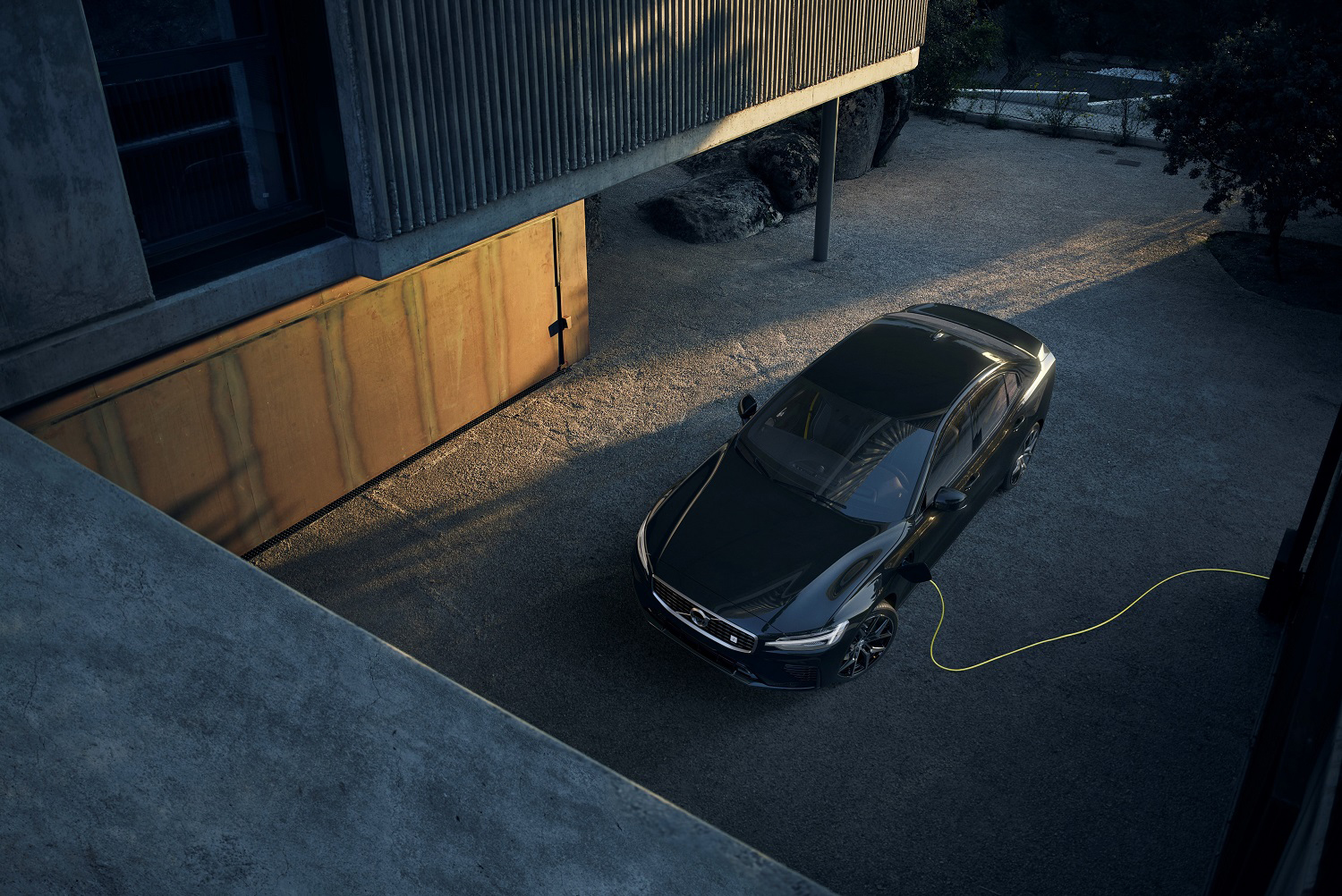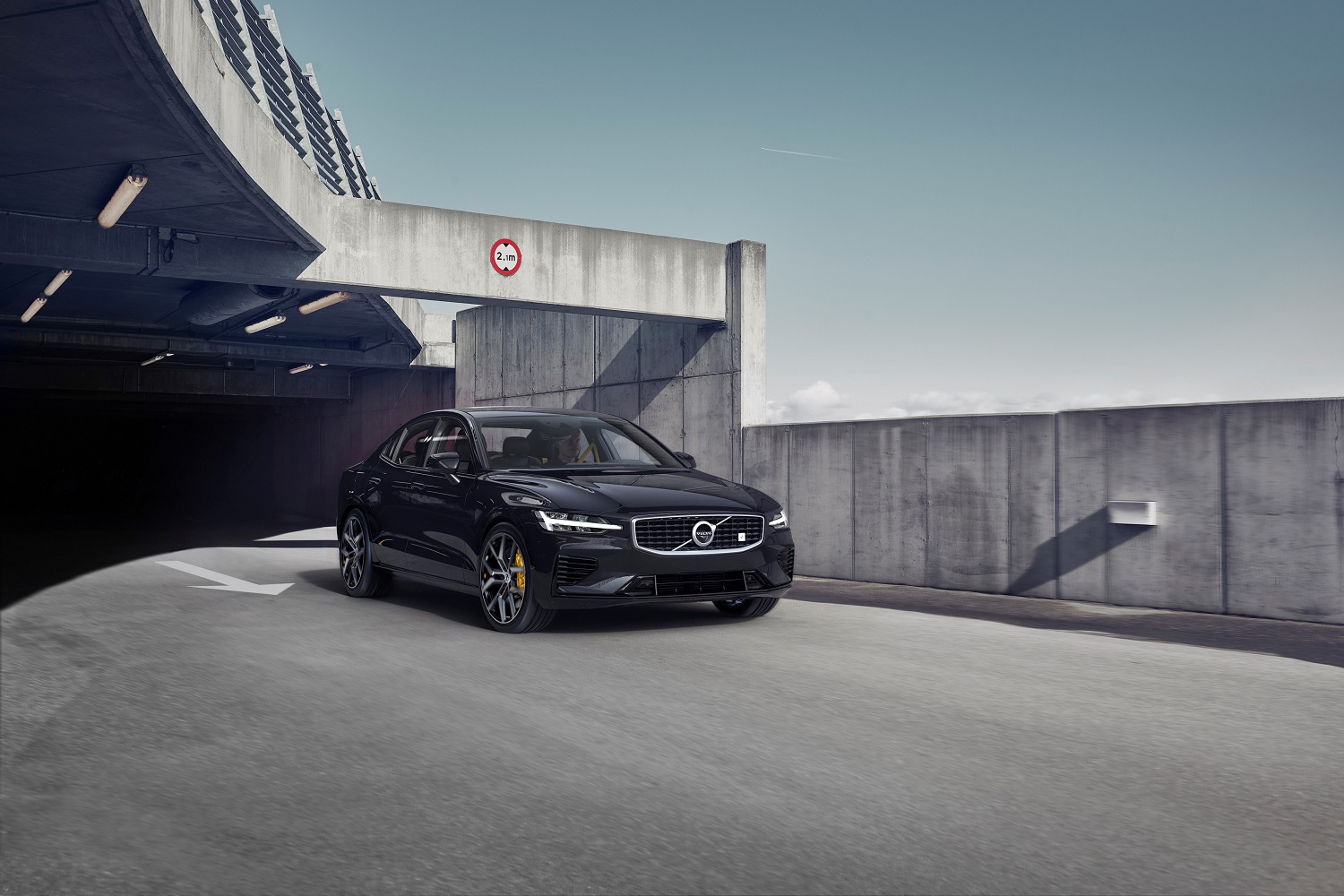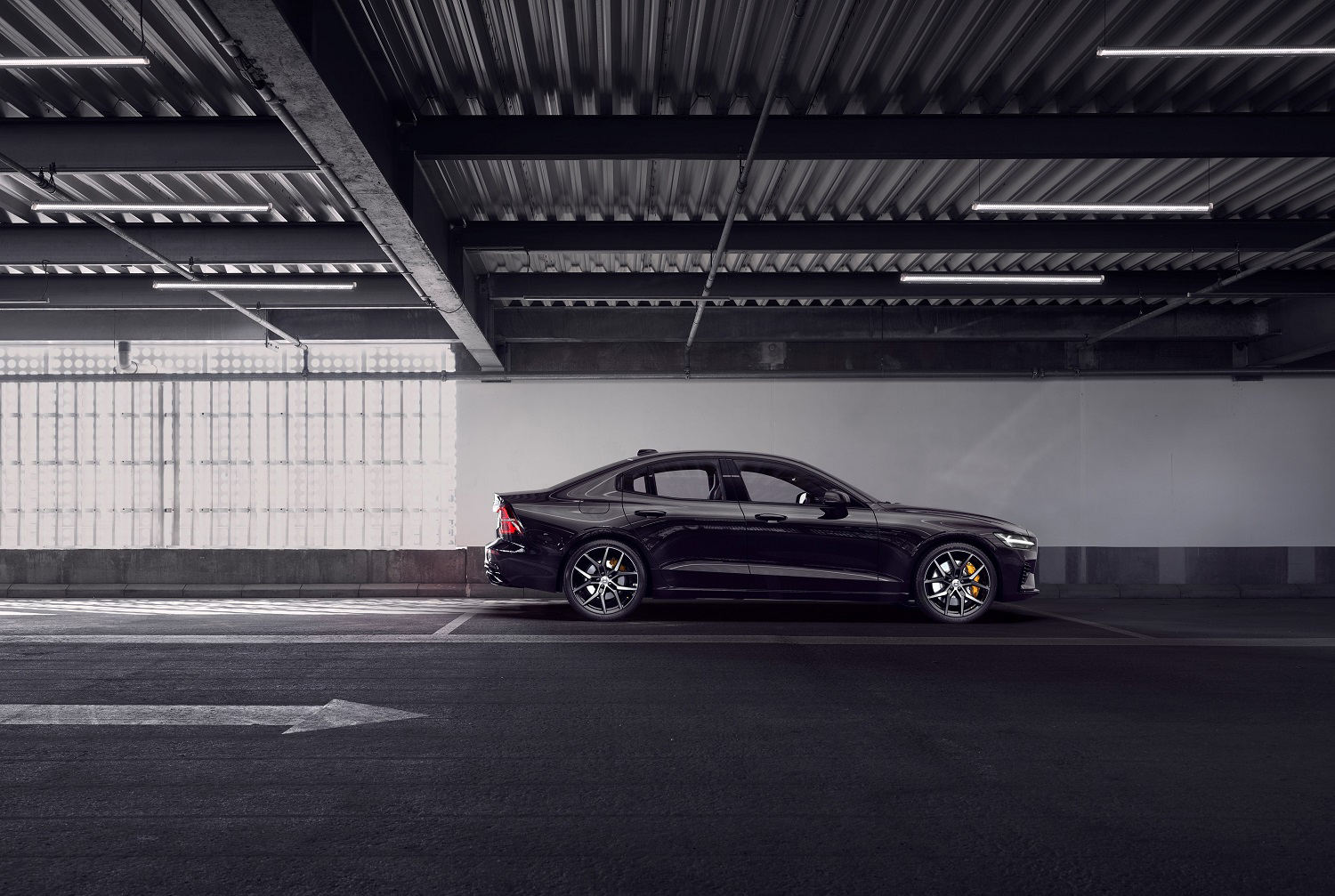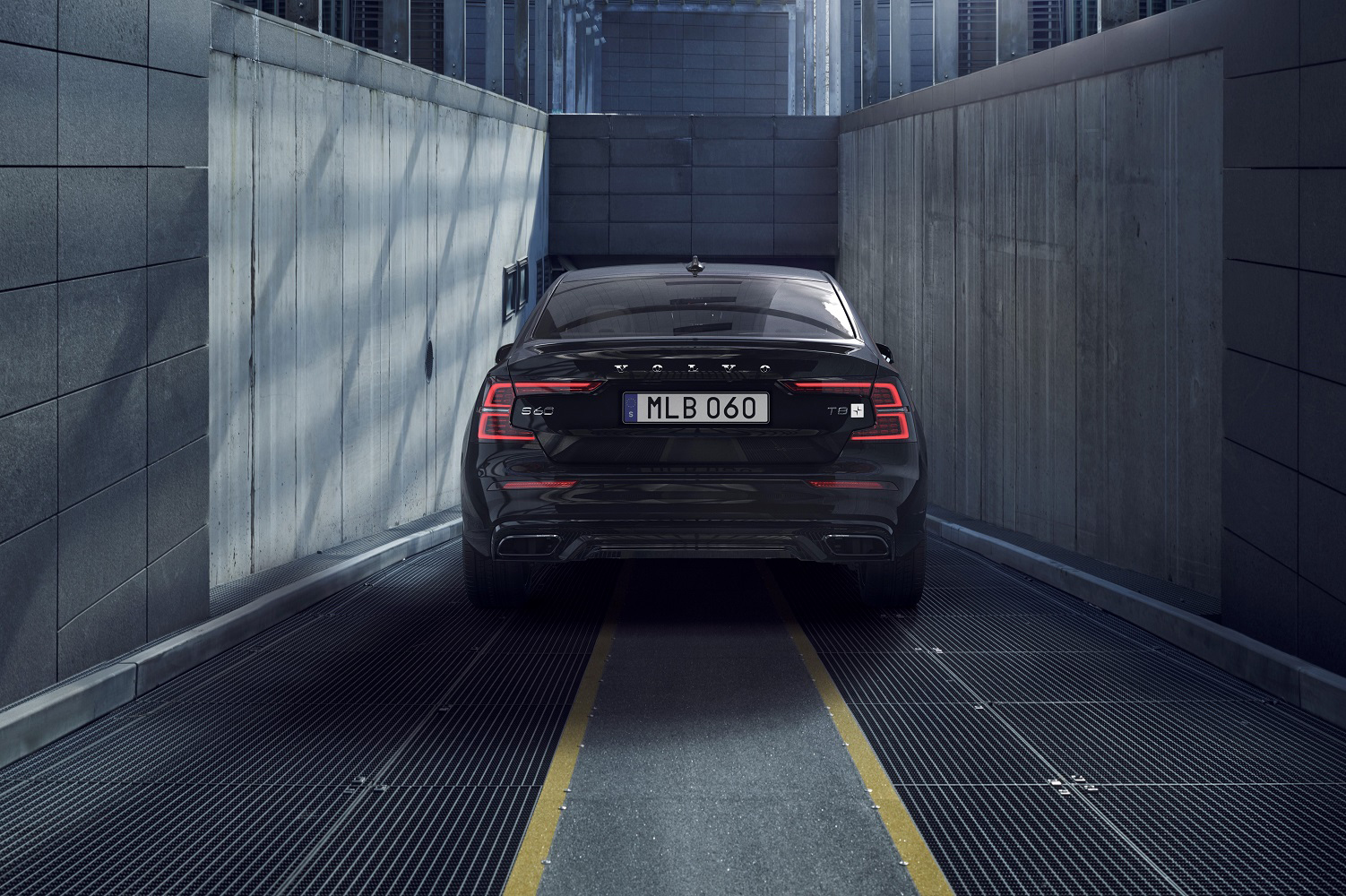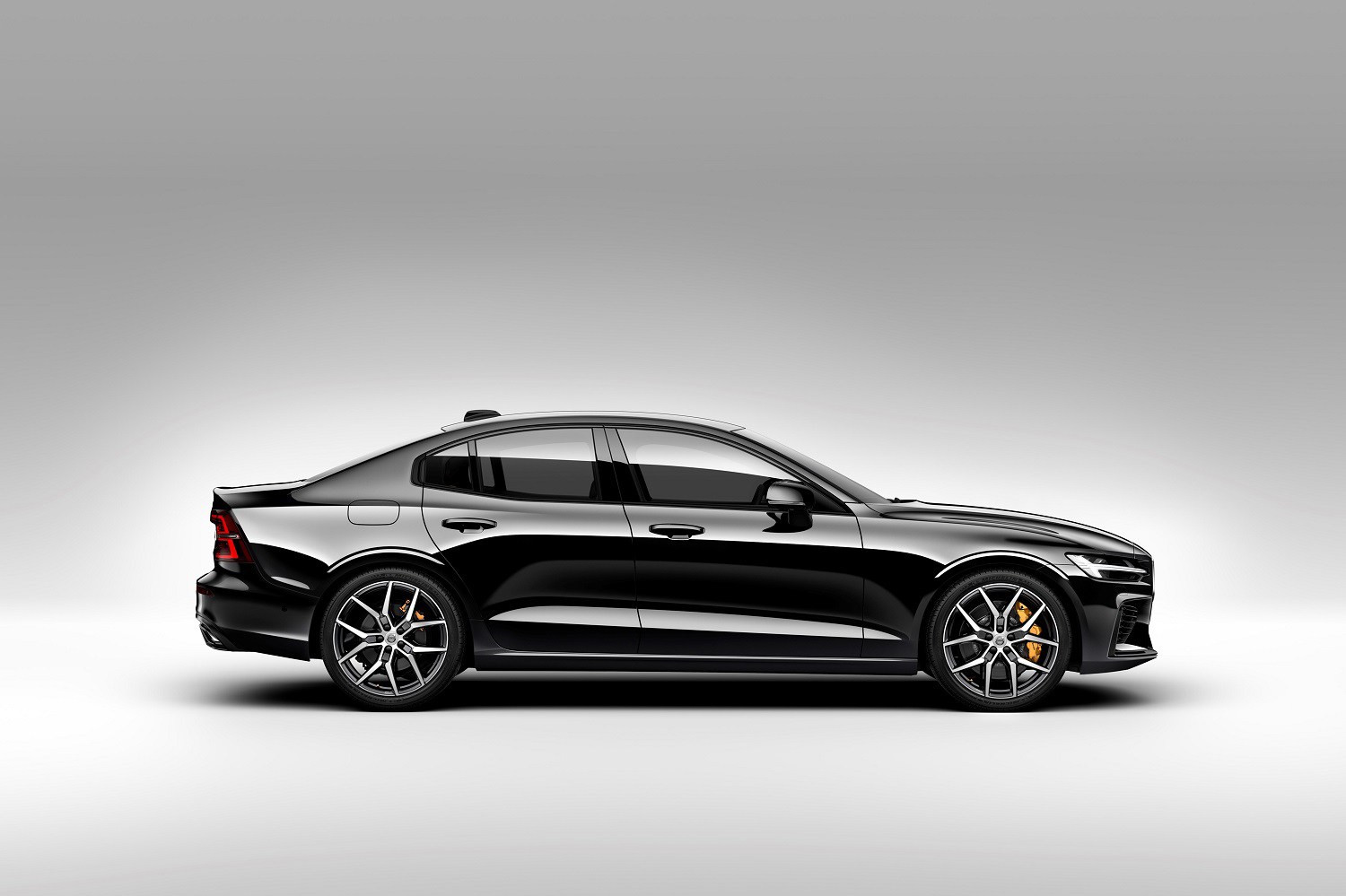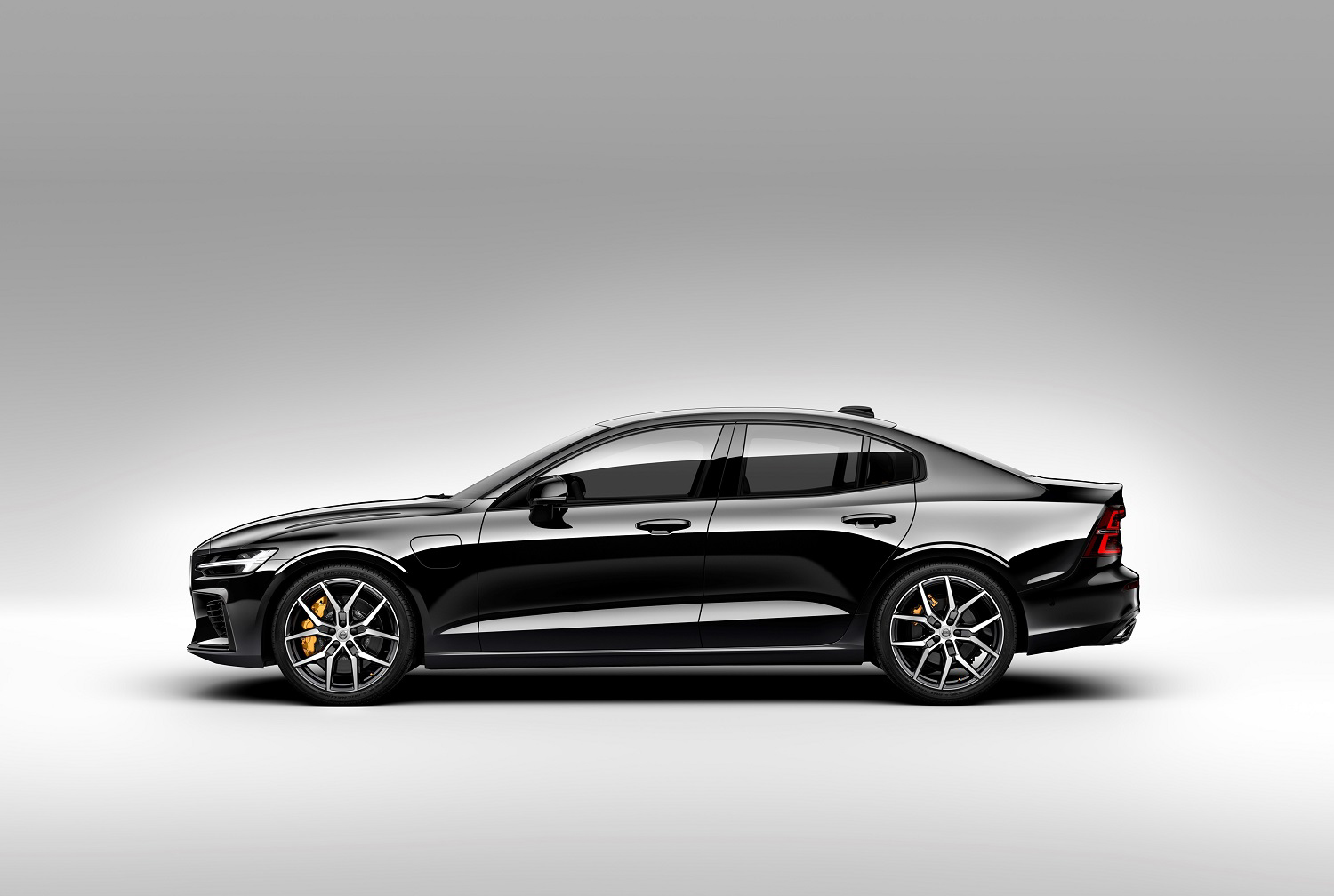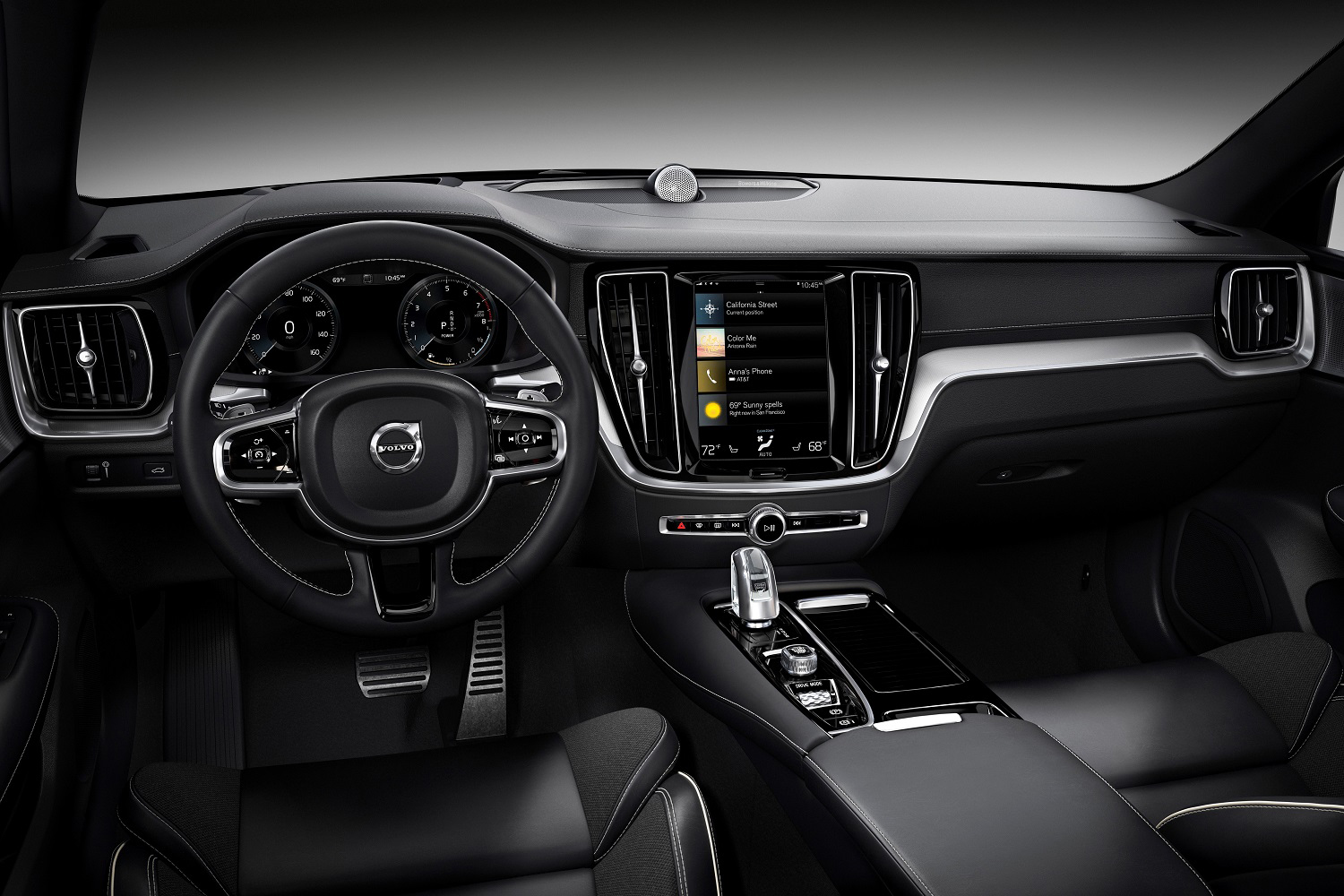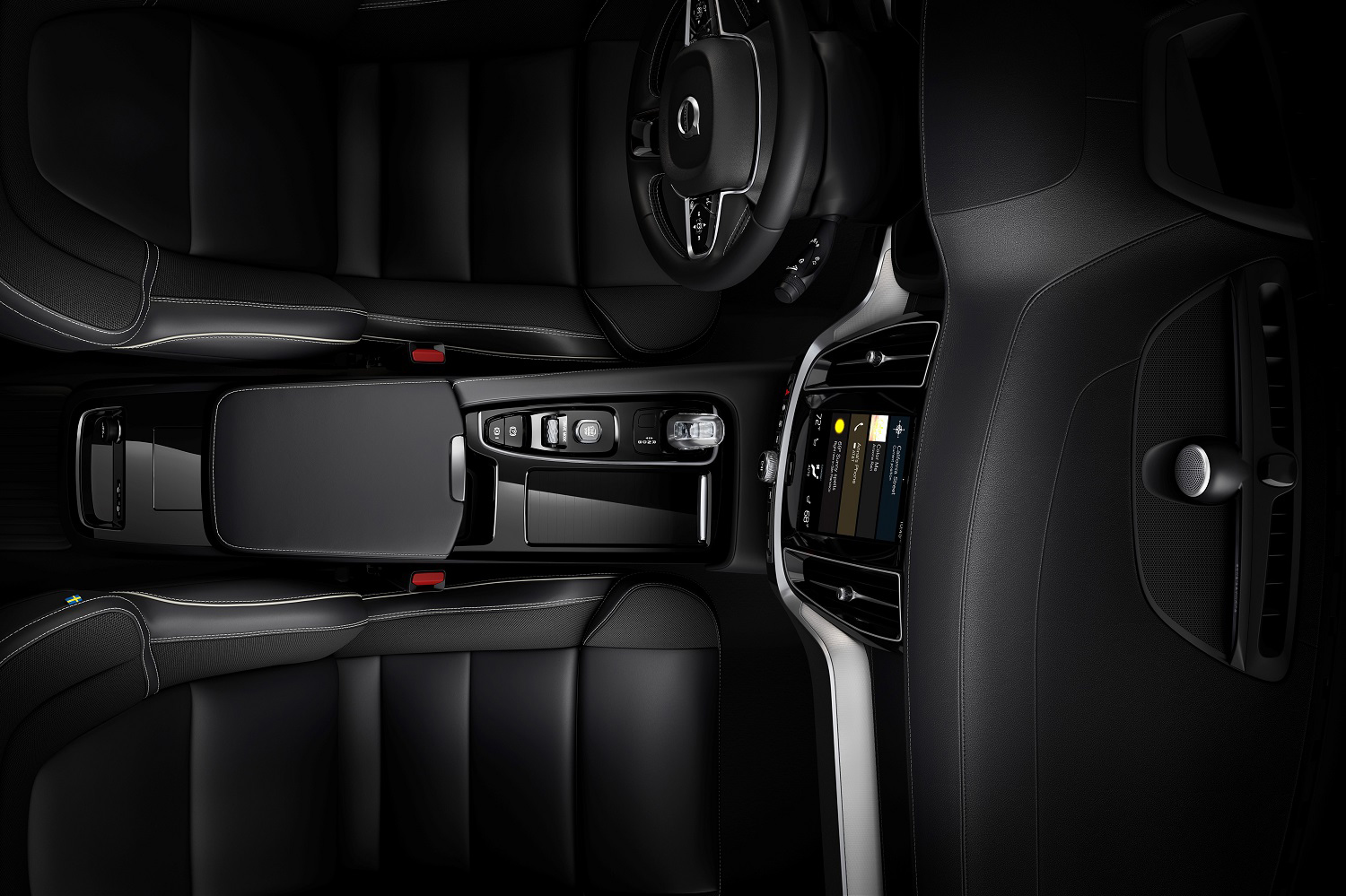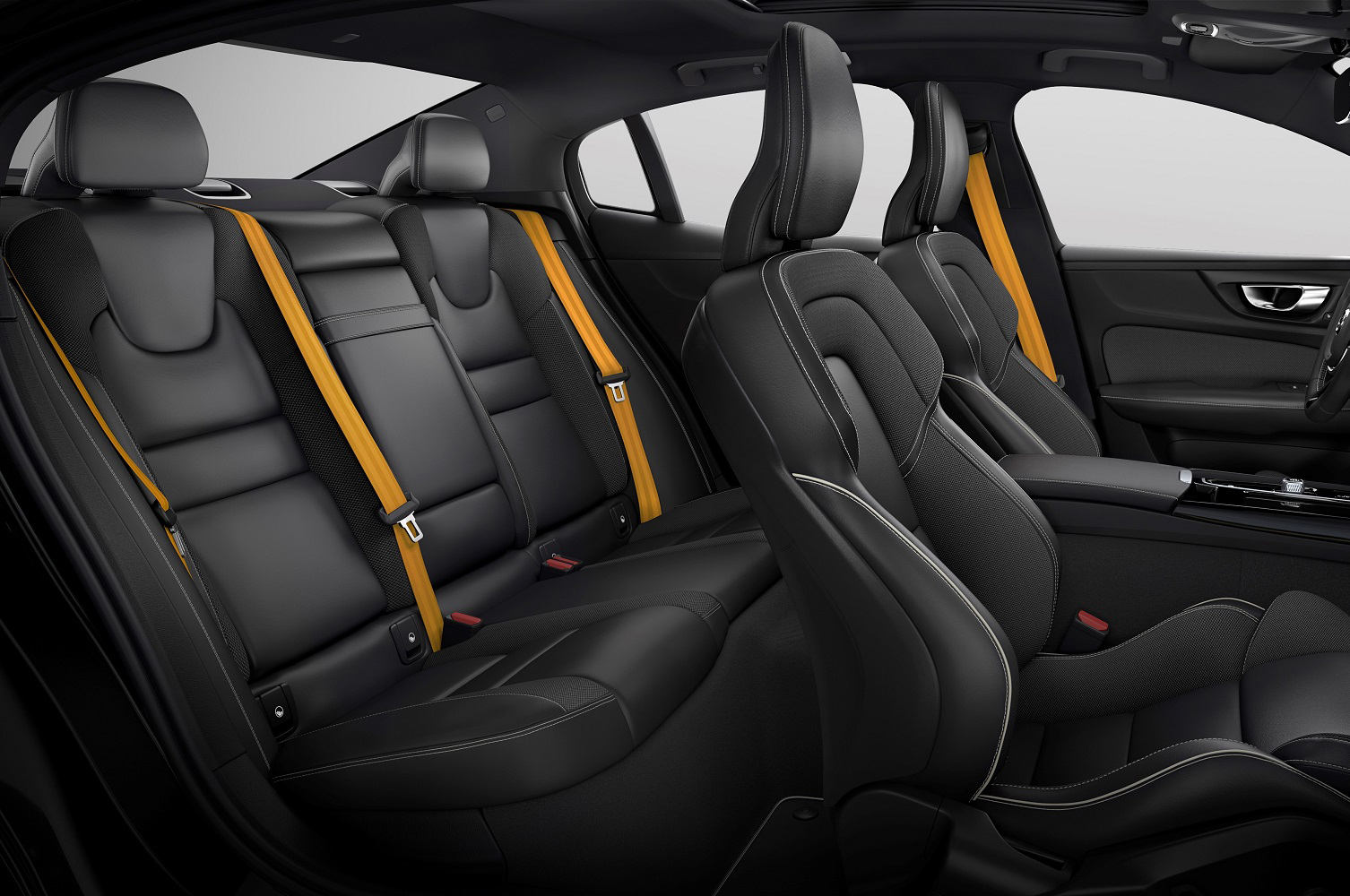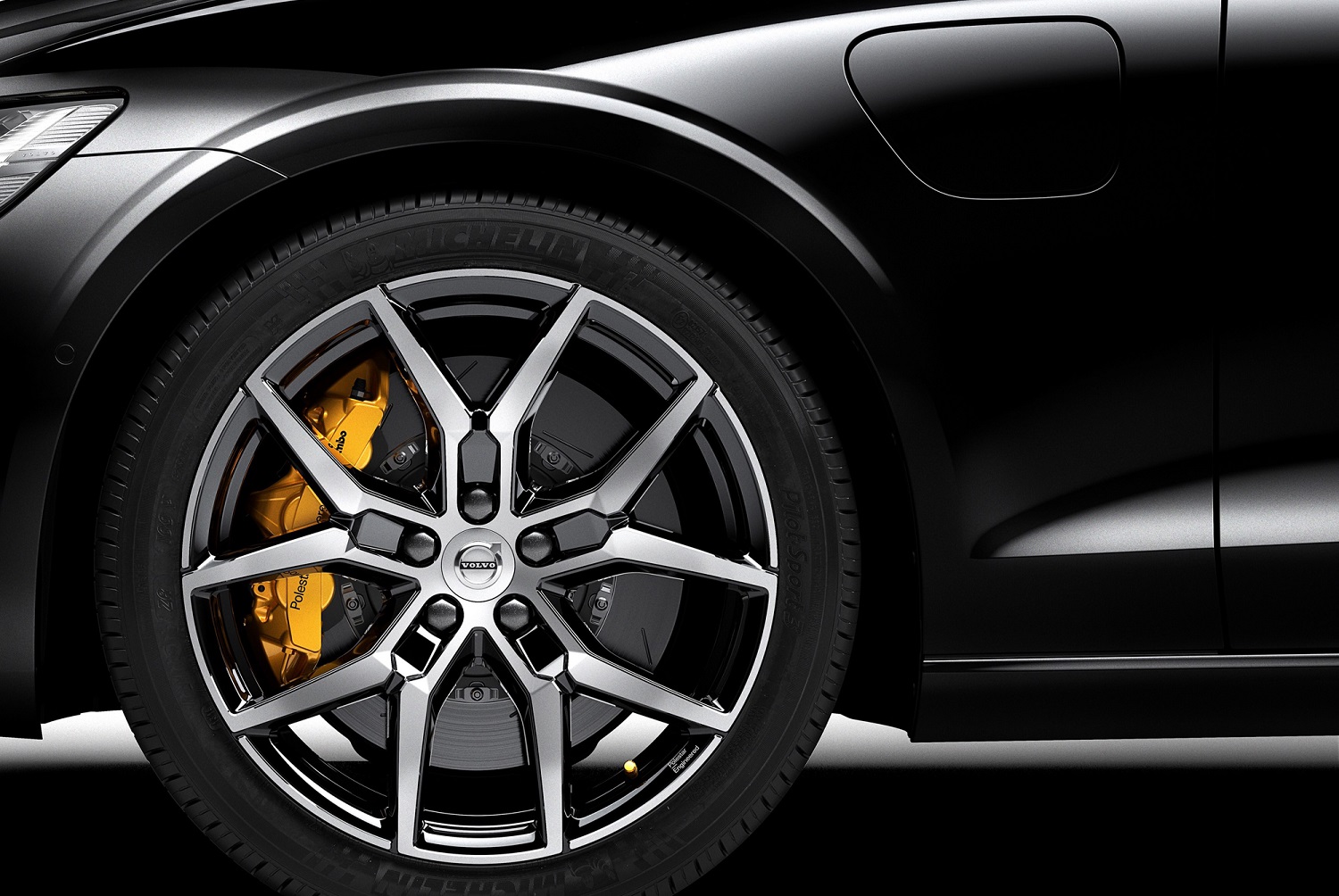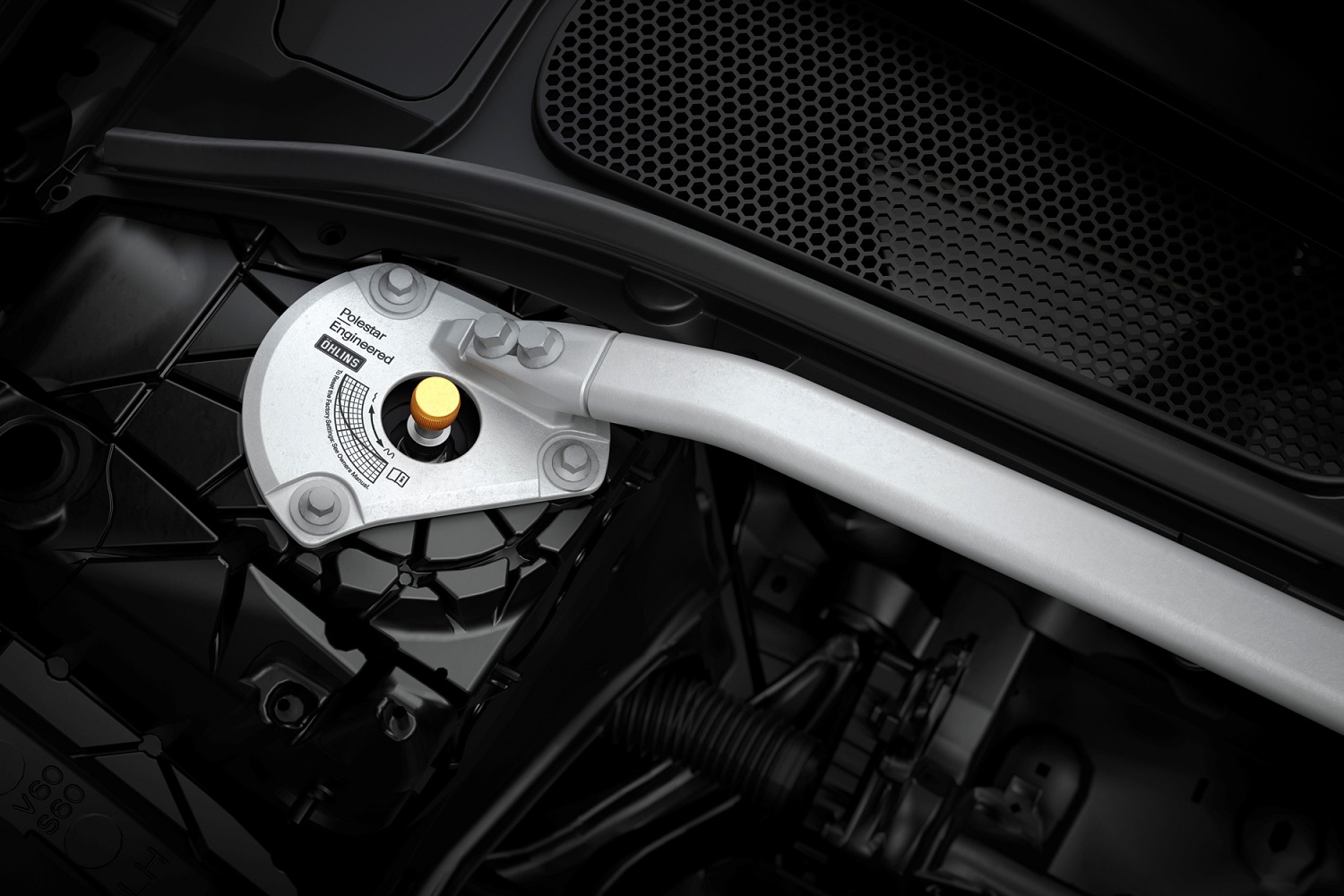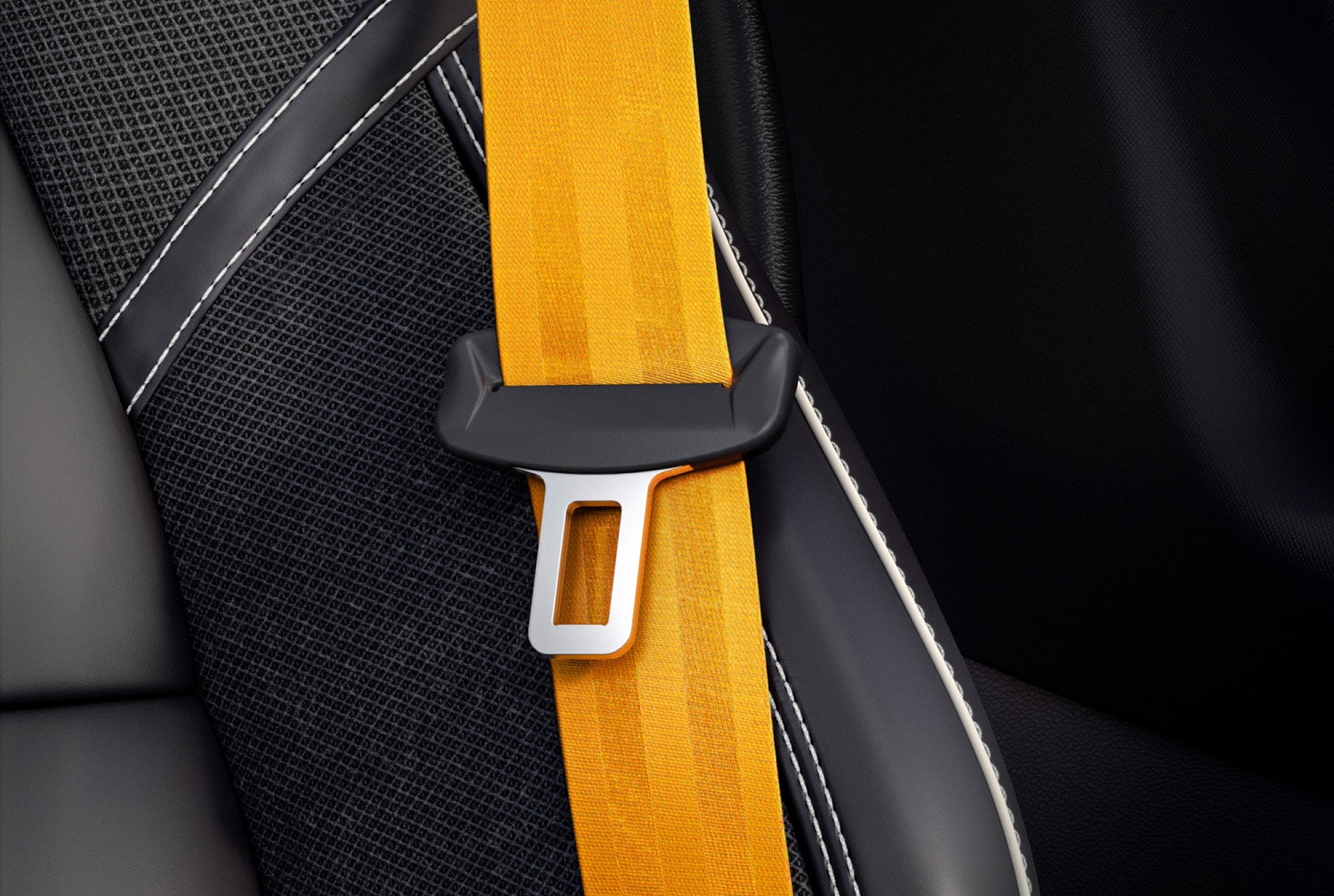Volvo tuner Polestar recently got a promotion. It became a stand-alone division whose mission is to marry performance, electrification, and luxury. The brand will offer its own models, like the gasoline-electric Polestar 1 coupe introduced recently, but it will continue lending its expertise and its name to Volvo. The all-new 2019 S60 will become the first nameplate to receive the Polestar Engineered treatment when it reaches showrooms.
Think of Polestar Engineered as Volvo’s answer to BMW’s M Performance cars and Mercedes-AMG’s midrange 53-badged models. The cars wearing the nameplate will slot between standard Volvo models developed with an emphasis on comfort and full-blown, performance-oriented members of the Polestar lineup. They’ll be electrified, a decision wthat falls in line with Volvo’s product strategy, but not necessarily all-electric.
The Polestar Engineered variant of the S60 serves as the nameplate’s flagship. It’s an evolution of the T8 Twin Engine model, meaning it uses a gasoline-electric plug-in hybrid powertrain built around a 2.0-liter four-cylinder engine that’s both turbocharged and supercharged. Volvo promises Polestar’s tweaks bump its output from 400 to 415 horsepower but it hasn’t detailed the scope of the modifications yet. The treatment also adds bigger brakes made by Brembo and upgraded suspension components (including adjustable shock absorbers) borrowed from Polestar’s aforementioned 1.
If you’re a car spotter, know the S60 receives Polestar-specific alloy wheels, black exhaust tips, and, of course, Polestar emblems on both ends. Gold accents on the brake calipers and in the cabin will denote the car’s flagship status. The color replaces light blue as Polestar’s signature color.
While the new S60 inaugurates the Polestar Engineered package. Volvo will later offer it on the V60 station wagon and the XC60 SUV. It will be available both on cars purchased directly from the company through a dealer and on cars obtained through the Care by Volvo subscription service. And while the firm hasn’t announced pricing or availability, it stresses supplies will be extremely limited.
Volvo will make the S60 Polestar Engineered alongside the standard model in the Charleston, South Carolina, factory it inaugurated in June 2018. It’s the first Volvo with a “made in America” label, and it will be exported from the United States to key markets all around the world, including China and Europe.
Update: Added official pictures, details.


